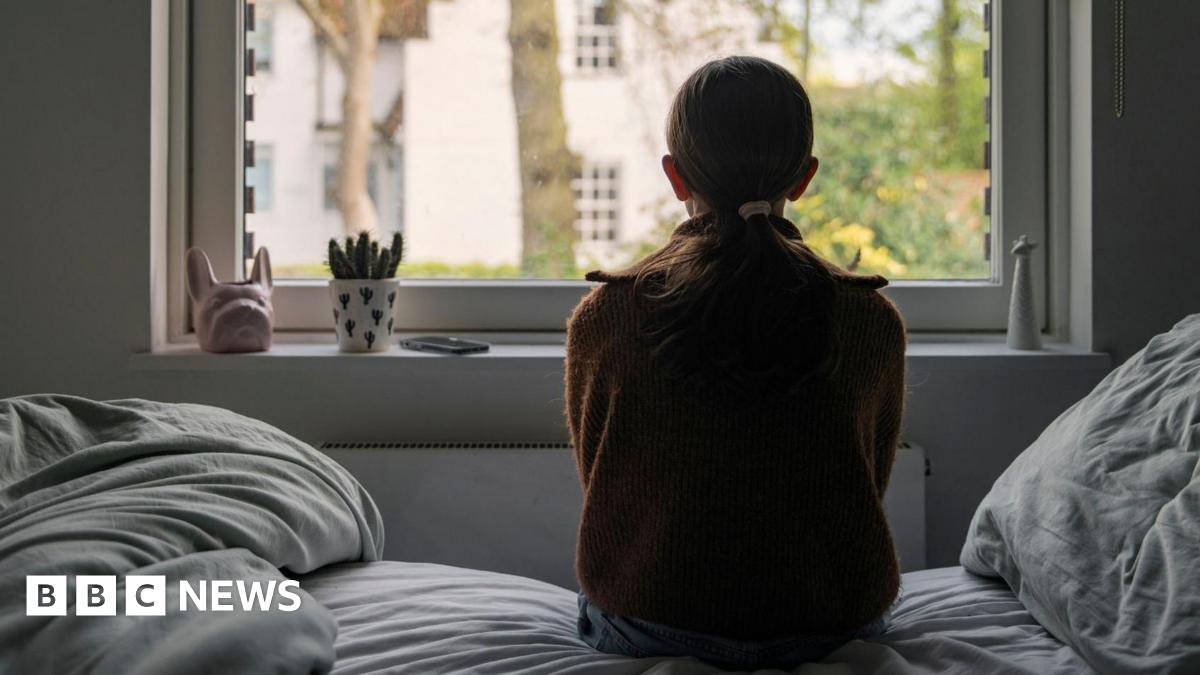The Data Reveals a Steep Rise in Demand for CAMHS
In the quiet, fog-laden streets of Cumbria, a father recounts the anguish of watching his stepson struggle. “He has nightmares. He struggles with anxious situations. He battles a daily storm of fear and restlessness,” he says, his voice heavy with pain. This father, like many others across the country, turned to Child and Adolescent Mental Health Services (CAMHS) for help, only to find the door firmly shut.
A Surge in Demand
The figures are alarming: referrals to CAMHS have increased by 45% since 2019. Each year, more than half of these referrals are not accepted for treatment, raising crucial questions about the efficacy and accessibility of mental health services for youth.
Dr. Amelia Hartley, a psychologist specializing in youth mental health, explains the implications of this trend. “The rise in referrals reflects a growing awareness of mental health issues among children and adolescents,” she states. “However, the high rejection rates indicate that the system is overwhelmed and possibly under-resourced.”
The Impact of Rejections
According to a recent study by the Institute for Child Health Research, nearly 60% of parents report heightened anxiety and distress among their children during the waiting period for mental health services. The study surveyed over 2,000 families who sought CAMHS support and found:
- 67% of respondents noted deterioration in their child’s mental health during the referral process.
- 72% expressed frustration with the lack of alternative support services.
- 45% reported not knowing where to turn for help after a rejected referral.
The father from Cumbria provided a poignant example of this predicament. After a phone assessment with a child psychiatrist, he was informed that there wasn’t enough evidence to warrant further care. “I felt hopeless,” he shares. “How can we measure the depth of pain? It’s not just statistics; it’s my son’s life.”
Barriers to Access
Officials argue that various factors contribute to the high number of rejected referrals. A spokesperson for the trust stated that some individuals may have been redirected to other services or did not require additional treatment. Yet, the reality remains stark—many families are left without adequate support.
Dr. Malachi Kim, an epidemiologist focused on adolescent well-being, emphasizes the importance of providing comprehensive access to mental health services. “The rejection rates reveal a system that is under strain, struggling to meet the needs of a vulnerable population,” he argues. “Every rejection is a missed opportunity for healing.”
The Ripple Effect
The repercussions extend beyond individual cases. Schools are increasingly feeling the pressure, as teachers report a spike in behavioral issues and academic struggles among students without support. For instance, local educator Sarah Eastwood notes, “We’re often on the front lines, witnessing the fallout of these mental health crises. Children are acting out, unable to concentrate, and feeling isolated.”
Analysis of regional school records demonstrates a direct correlation between the rise in mental health issues and declining academic performance. Schools are struggling to provide an educational environment conducive to learning when basic mental health needs remain unaddressed.
Examining Solutions
As demand for CAMHS continues to rise, experts stress the need for systemic reforms. Potential solutions include:
- Increasing funding for mental health services, enabling higher acceptance rates.
- Launching awareness campaigns about alternative support resources.
- Training teachers and community leaders to identify and refer at-risk youth effectively.
Dr. Hartley highlights that while CAMHS provides crucial services, addressing the broader mental health landscape is necessary. “It’s not just about improving CAMHS; it’s about creating a network of support that includes schools, families, and local communities,” she argues.
Voices from the Community
Parents in the region are voicing their concerns more than ever. One mother shared, “After my daughter was rejected, I didn’t know where to turn. I started looking for community programs, but they were either full or didn’t meet her needs.”
The sentiment resonates across the region, as families grapple with the challenges of navigating a complex and often hostile mental health system. Yet, as individuals share their stories, a sense of community begins to emerge, driving advocacy for change.
A Call to Action
In light of these challenges, community organizations are stepping up. Grassroots initiatives are forming support groups that empower families and educate them about available resources. These efforts aim to fill the gaps that formal services have left unaddressed.
As the father from Cumbria reflects, “We are not just statistics; we are real people, with real struggles. It’s time for the system to recognize that our children deserve better.” His words echo the urgent need for collective action, an appeal for understanding, compassion, and reform.
In a world grappling with rising mental health challenges, the story of CAMHS and its limitations is a reminder that behind every statistic lies a unique and often painful narrative. As we move forward, the call for change becomes not just necessary but imperative, for every child seeking a way to heal.
Source: www.bbc.co.uk


